Sooner or later, your boat will need to be hauled out from the water, whether for routine maintenance, emergency repairs, hull cleaning, or simply for affordable storage while you’re away.
Sometimes you can plan the most convenient country for doing the haul-out, other times you need to act quickly. The process can vary significantly depending on location and local customs, and there are several caveats to consider.
Choosing the yard
Before starting the search, you should write a list of requirements and questions. From my experiences, here are some things to consider when writing your list.
Living aboard
If your boat is your home, it’s quite important to confirm that you are allowed and able to stay on board. Even if your plan is to leave the boat while traveling elsewhere, you may need to stay on board for a while before and after the trip. If you’re outsourcing all the maintenance work, it’s (definitively!) worth inspecting the work and making decisions as needed, and staying onboard during this time can be convenient.
Living on board should not merely be allowed by the yard, it should also be relatively comfortable. You may want to verify that there are shower and toilet facilities, and also if the facilities are nice and clean. Is toilet paper included in the price? Is there Wi-Fi? What other amenities are available?
Access and security
Security is also a relevant question, like, what is the likelihood of someone robbing your boat while you’re away, and what security systems are in place to prevent that from happening?
Many yards do have some kind of security system to control access, and sometimes it’s a gate that’s open only in the daytime. It’s a good idea to ask in advance what hours you can access the yard, because if you happen to end up in a pub late one evening, it’s nice to be able to get back home without having to climb over barbed wire fences.
It may also be relevant to ask if you are allowed to drive a car into the yard, and where it can be parked. Sometimes this costs extra.
Contractors
Some yards demand exclusivity on work done on the boat, so this is something you want to check out. Ideally you should have the right to do work by yourself, and you ought to have the right to choose any third-party company to do the job. Otherwise you may end up being forced to use a company that overcharges or delivers poor quality work.
Once I had an emergency haul-out in Lisbon, and the yard quoted me €80,000 for repairs! They did not allow me to hire other companies to do the job, and the authorities banned me from taking the ship back into the water before it was repaired and approved – so I was stuck! Luckily, I was allowed to do my own work, and I learned a lot from the experience!
It’s also worth checking if the yard charges a percentage fee if you do use a third-party contractor, as this is not uncommon.
Location
Location matters – if you’re going to stay for a long time, you should be able to enjoy the place.
Within the yard consider noise and pollution. In some areas you may not be allowed to do work that produces dust, in others dust from neighbors can be a big problem while you’re working with cleaning/polishing/varnishing.
Outside of the yard, look at what is in the surrounding area. Do you have easy access to recreation spaces, public transport, marine suppliers, grocery stores and other facilities that make daily life easier?
Pricing
What does the price include? Some yards are “all inclusive”, in other places all you get is permission to use the land. I once received a cheap quote in Poland for replacing the teak deck, but there were significant extra costs for getting the boat from/to the river and into his workshop (including unstepping the mast), none of which was included in the original quote.
To start, you need to ensure you get a quote that includes:
- Lift and launch
- Cradling and chocking
- Cleaning with a pressure washer (or at least access to a pressure washer)
- Daily storage rate
When the boat is on land, you may also need:
- A ladder or staircase
- Step-ladder and scaffolding
- Electricity
- Water
- Air-conditioning (in the tropics)
Does the price include insurance? Does your own insurance cover the haul-out and land stay?
In smaller yards or on private land, it may be possible to save money by finding a similar-sized boat ready to be launched into water. The best time for a haul-out may be in the spring and early summer, when other boats are getting launched! Ideally, you might get a discount on the lift (share some of the costs with other boat owners), be able to borrow lifting belts or a cradle for free, or get a discount or free use of the land.
- Jacob Jensens Bådverft in Copenhagen has a good lift
- Nikmat Dawid Grodzki, Gdansk. For moving a big boat long distances, an exceptionally heavy lift is required
The haul-out operation
At posh boatyards you can often just dock then relax, watch, and take photos — even washing the hull after the lift is often included. There may still be one major question though, where should the belts go? Does your boats have marks tagging the lifting points?
In the worst case, you may need to dive in to check that the belts clear everything—an unpleasant task in cold or murky water. It’s better to review photos from previous lifts and mark the ideal belt positions beforehand, perhaps by using some chalk or tape. Take plenty of photos during and after the lifting for future reference.
If you go to a yard where you have to organize everything yourself, here is a list of what you may need:
- Cash? Card? How should everything be paid for? Best to check this in advance, or make sure to visit the ATM before the lifting starts if you need cash.
- A mobile crane, rated for your boat weight and the required reach.
- A calm day with little wind – lifting a boat is difficult enough on a quiet day.
- Long ropes attached to the bow and stern
- Lifting belts — sometimes provided with the crane, sometimes not. Renting them can sometimes be as costly as the crane itself.
- A cradle/supports, and some wood to put under the keel. In a pinch, you can construct some supports yourself – it’s not rocket science.
- You may need to remove the backstay – on a calm day, on most sail boats, this can safely be done without instant demasting, but you must know what you are doing.
- Helpers – there should be at least two people holding the ropes plus the crane operator. More people make it easier and safer.
- A pressure washer, electricity and water. You want to clean the hull immediately because once it dries, barnacles are much harder to remove.
- A large enough ladder, otherwise boarding the boat may be difficult.
- For doing work on the boat, you may need a stepladder and possibly scaffolding.
In a foreign country where you don’t speak the language, organizing this may be impossible without a helpful local or a hired agent.
- If there is no quay and you don’t want to swim, then also a dingy may be required. Tortuga marina, Varna
Staying on land
Once you’re on land, getting items in and out of the boat via the ladder can be challenging. You may consider using some blocks and maybe a pallet or a box to create a crane-solution, but at the end of the day, it may be faster to just take things by the ladder rather than using the crane.
To reduce on-board clutter and minimize ladder trips, store tools and equipment under the boat. Be aware that if it rains, the water tends to follow the hull and drip off uncontrollably under the ship. You can prevent this by attaching ‘lips’ around the hull at its widest point to divert water away. Those may be made by using folded tape. This does not help against moisture due to dew in the night time, but tarpaulins may help. Once we made a good setup with tarpaulins taped to the hull that could be rolled up in the daytime (for easy access and ventilation) and rolled down in the night time.
Tarpaulins often don’t handle heavy winds well, so make sure to remove them before a storm. Another problem may be that they may trap humidity instead of protecting against it, i.e. humidity coming from the ground. I’ve seen a boat where the lower parts were covered very well with transparent tarpaulins. It was sunny and dry on the outside, but humid on the inside.
It’s also a challenge to find tape that sits well on the hull, yet is easy to remove weeks and months later. Often the glue from the tape will stay stuck to the hull, but it can usually be removed with acetone.
Wind can be a problem for any loose, light-weight items, so it may be a good idea to store things in boxes. If you store your gear (with some heavy items to weigh it down) in plastic boxes with lids under the boat, and use lips or tarpaulins to protect from rain, it should be safe, except in storms.
- Six tiny stilts, the aft pair connected by a strap, is probably the bare minimum needed to support my boat. Jacob Jensens Bådverft, Copenhagen
When living aboard, you may need to wash dishes, hands, or shower. Sometimes there are good facilities on land, but not always, so you may need to use your onboard water systems. Most boats will release the grey water to the ground, which will splash. That’s not ideal if people are passing by or if you’re storing things under the boat. I usually plug this hole with a hose to direct the water down and away.
- With such a cradle, I feel safe even in a storm – but the cradle is not adjustable. Cradle belongs to a local boat. Varna
If there is no easily accessible land toilet, you may consider alternatives – like a bottle, port-a-potti, bucket, finding ways to emptying the holding tank, etc. It’s not a pleasant thing to consider, but it is practical.
Final advice
Boats often stay on land for much longer time than planned. Make a plan, work efficiently, and identify the steps that may cause delays, with the aim of getting yourself and the boat back on the water as soon as possible, to enjoy more of life at sea.
Got some tips or insights you’ve learned from your own haul out experiences? Be constructive and add to the conversation down in the comments to help expand the shared knowledge base of the noforeignland community!

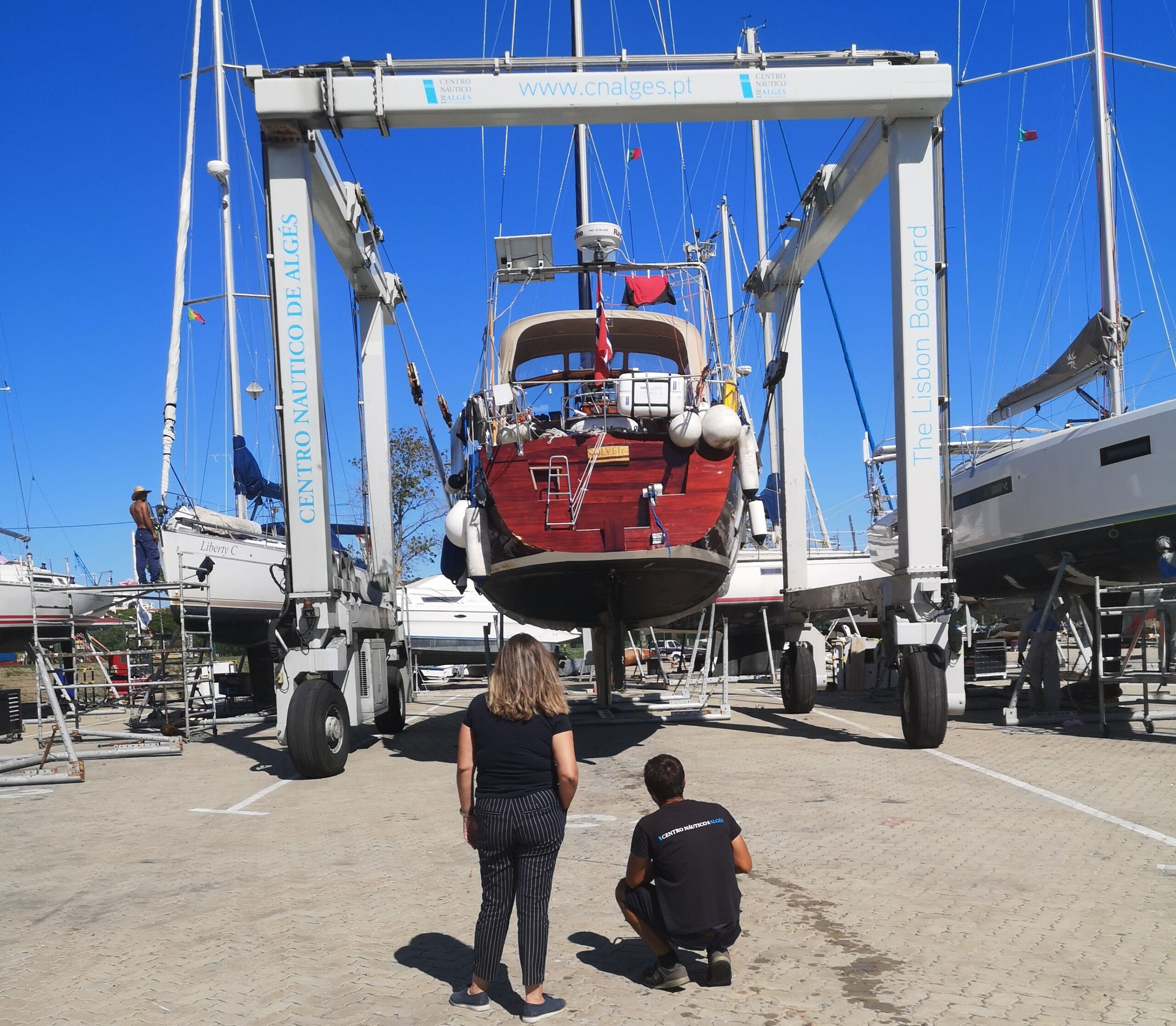
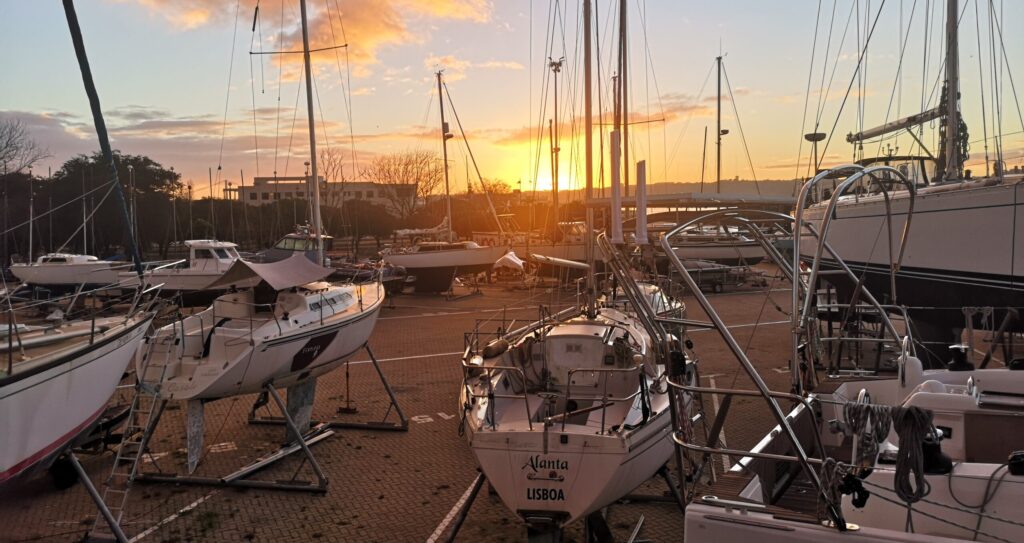


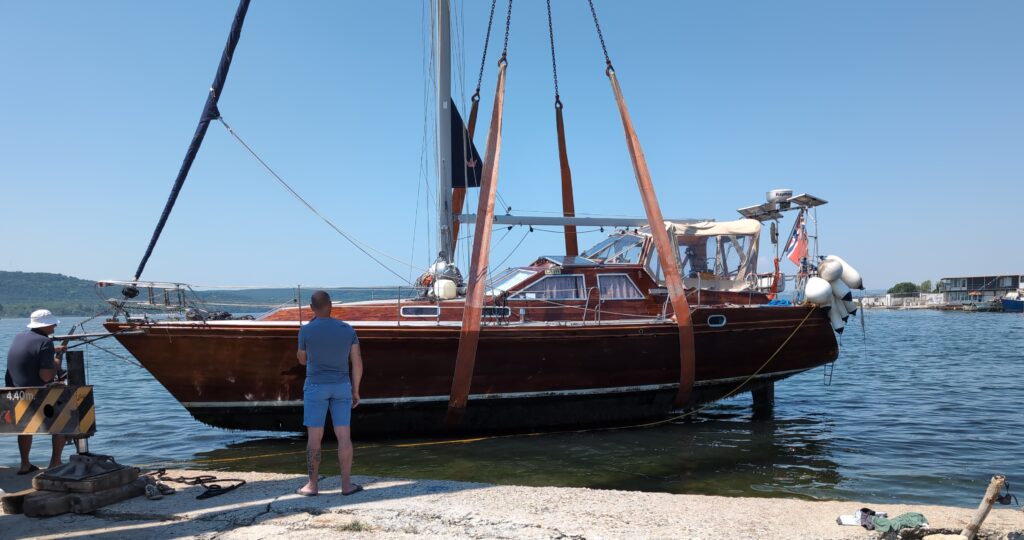
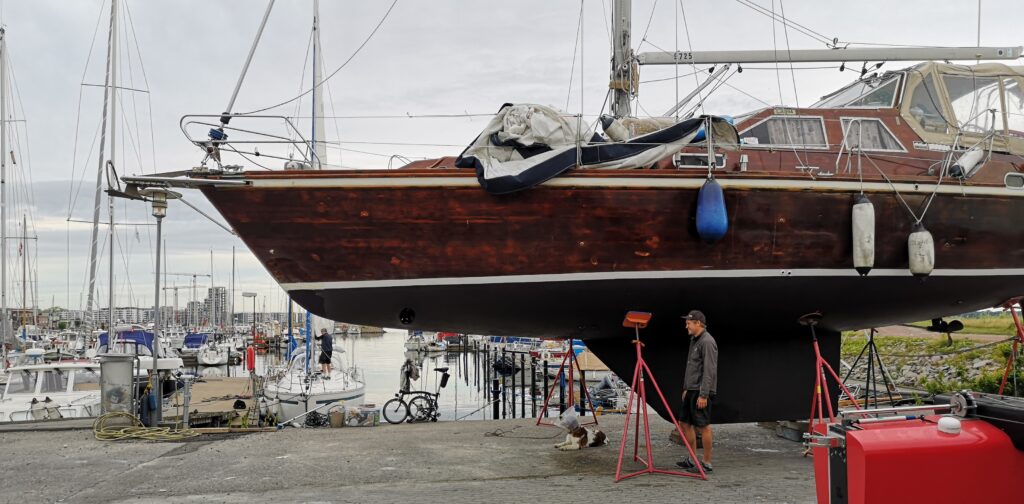
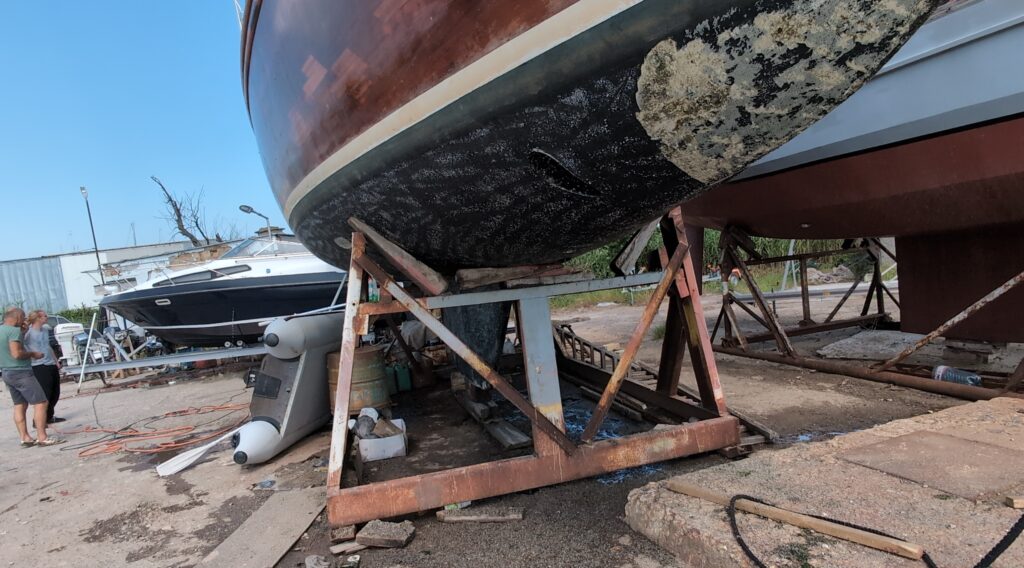


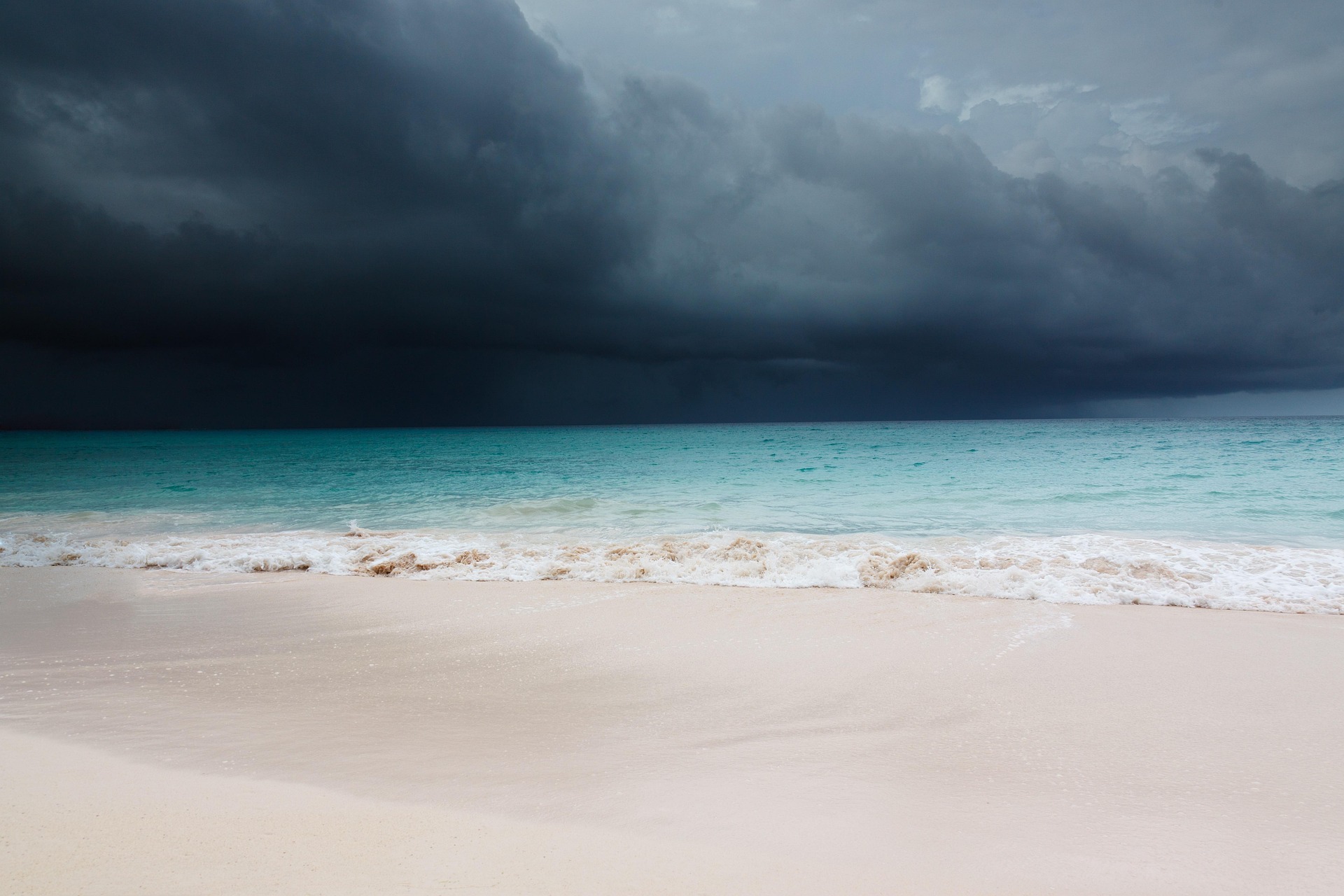

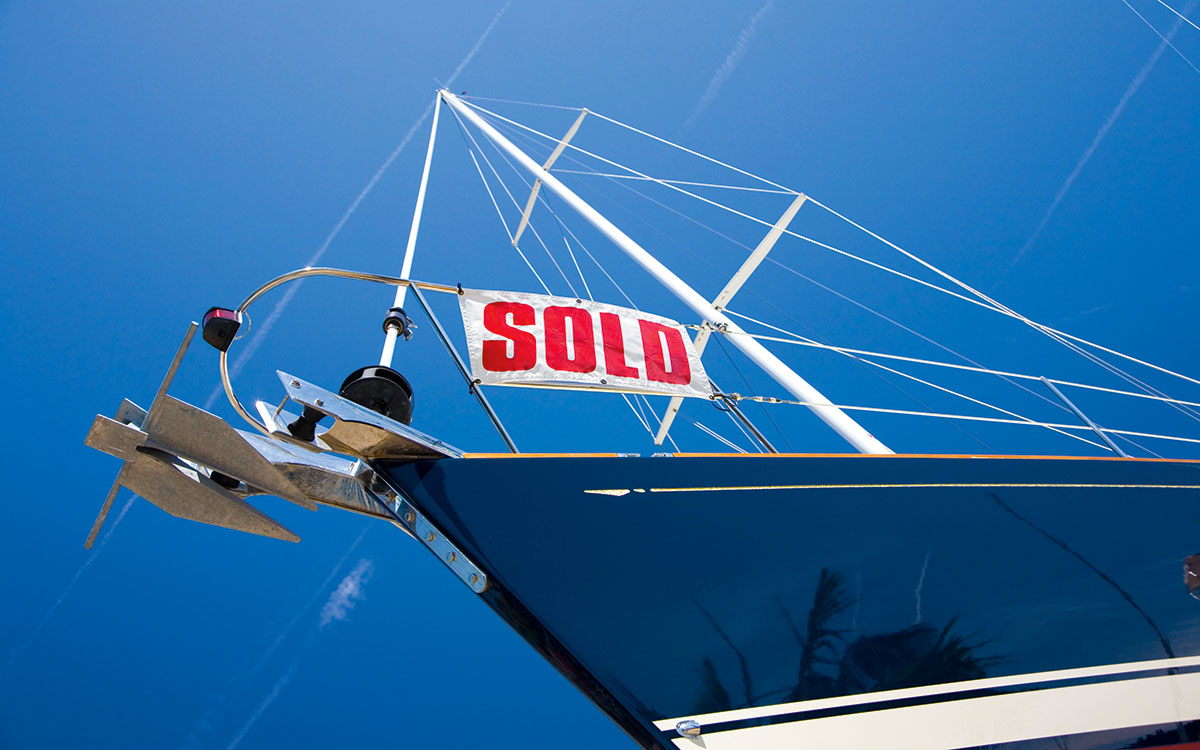
I’d encourage someone else to write a blog post on all the maintenance tasks one should consider and/or remember when taking the boat up, like replacing zinc, applying anti-foul, fixing leakages, etc, etc 🙂